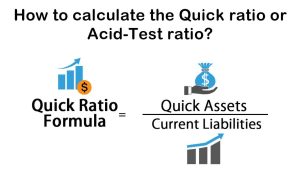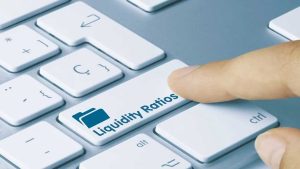The Accounting Rate of Return (ARR), also generally referred to as the average rate of return, calculates any capital investment’s anticipated profitability. ARR uses basic calculations to show the feasibility of investments, which assists in determining infrastructure ventures. This formula splits the overall amount spent in purchasing the ARR by the net revenue from an expenditure.
Utilizing ARR, investors will be able to settle on the feasibility and sustainability of the capital ventures to be carried out. It also allows investors to evaluate the risk involved in investments and determine whether the investment could yield adequate profits to offset the amount of risk. It’s among the financial ratios commonly used and is helpful when different projects ought to be evaluated and chosen during the decision-making process. The ARR estimate does not, however, take account of retained interest , royalties, inflation, etc., rendering it an inadequate tool for massive and long-term capital investments.
How to calculate the accounting rate of return?

- Average accounting profit is the arithmetic average over the life of the project of the estimated profit gained or to be obtained.
- The average investment is the amount of the project’s starting and finishing book value separated by two. In some cases , regardless of the estimated valuation, the original value of the investment may still be regarded.
The project is approved if the outcome is equal to or greater than the expected ARR. The project with the highest ARR is approved when two or more projects are evaluated.
In fact, ARR analysis is not only performed until the plan is approved, but it is also conducted year-on-year to verify the project’s results so ARR does not take multi-period factors into account for its estimation.
Advantages and Disadvantages of accounting rate of return
| Advantages | Disadvantages |
| This is a basic strategy that incorporates the profit of an investment to easily grasp the return. | This approach is based purely on earnings from accounting but does not take into account cash inflows, royalties, etc. |
| The payback trend over the financial life of the project is easy to measure and understand. | Where the investment in a project is produced at various periods or in parts, this approach could not be used. |
| It illustrates an investment’s feasibility and helps assess the project’s current performance. | One of this technique’s biggest drawbacks is that it lacks the time factor. The time value of capital is an important consideration in the assessment of investment feasibility. |
| This approach helps the evaluation of multiple competitive projects. | This approach does not take into account the life cycle of different investments when different projects are evaluated and will therefore not yield the correct results as needed. |
| This approach can be used most often by small-time investors to test their investment choices. | This approach considers environmental variables, and if the same proposal is evaluated using the return on investment approach, the outcomes are often different. It is thus unsuitable for large and long-term projects. |



